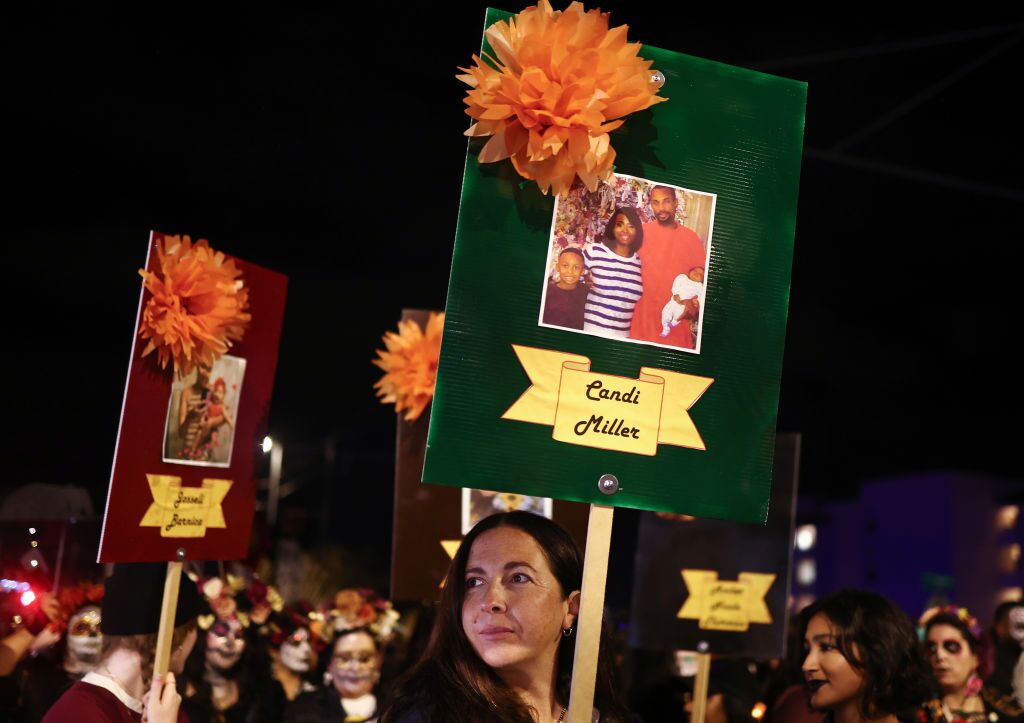A new study finds even more women who died because of abortion bans.

This story originally appeared on Jill.substack.com, a newsletter from journalist, lawyer and author Jill Filipovic.
One woman had an ectopic pregnancy, but because doctors in her antiabortion state were unclear on the law, they delayed the simple treatment that would have been immediately on offer in any blue state; she went into hemorrhagic shock and died. Another patient had a congenital heart defect that pregnancy was exacerbating; instead of offering an abortion, doctors tried to get her to 22 weeks of pregnancy, at which point she was given a C-section to save the baby, while she ended up on a ventilator in the ICU. A third had seven children and was not given the option to terminate when she became pregnant again; she died during delivery, and her children are now orphaned.
These are stories of women in “pro-life” America, told under cover of anonymity to researcher Katrina Hauschildt and her team at the Johns Hopkins School of Medicine. They interviewed doctors practicing in Texas, Mississippi, Georgia, Indiana, Idaho and other states that largely ban abortion. To be clear, this study is far from exhaustive; it is simply a snapshot. The interviewees were pulmonary and critical care medicine physicians. They described what they personally saw—there are almost surely many, many more cases that researchers and journalists haven’t heard about, and many, many more women whose lives have been shortened or ended because they weren’t offered safe abortions when they needed them.
Before the Supreme Court overturned Roe v. Wade and allowed Republican legislators to ban abortion in most of the states they control, the public narrative around abortion bans was simple: Make abortion illegal, and you get dangerous illegal abortions. And that remains true. But what much of the public didn’t seem to understand is that if you make abortion illegal, you get more dangerous pregnancies. It was easy, I think, to not worry so much about dangerous illegal abortions if you could tell yourself that you’d never have an illegal abortion, and neither would the women you care about (whether that’s true or not is a separate question). It’s a lot more complicated to realize that abortions are routinely life-saving and health-preserving; that if you are a person capable of becoming pregnant, or if you are a person who loves anyone who is capable of becoming pregnant, then you should see legal abortion as a life-saving necessity.
We don’t know how many have lost organs or have lost their fertility or lost years of their lives. We don’t know because the states that ban abortion very intentionally don’t ask these questions or keep track of these horrors.
The truth is that we don’t actually know how many women have died because of abortion bans. We don’t know how many have become critically ill. We don’t know how many have lost organs or have lost their fertility or lost years of their lives. We don’t know because the states that ban abortion very intentionally don’t ask these questions or keep track of these horrors. In fact, some states that ban abortion have gone as far as to try to block efforts to figure out how many women’s lives are being lost. Georgia, for example, dismantled its maternal mortality commission in the wake of its abortion ban. Texas delayed releasing its maternal health data, it seemed in anticipation of bad news for the antiabortion movement. It’s a kind of see no evil/speak no evil/hear no evil strategy to cover up the actual doing of evil.
Reporters from ProPublica have identified several other women who died because of abortion bans. Often, doctors waited hours or even days before providing women the kind of care that would have been standard when Roe v. Wade was the law of the land. By the time women got the care they needed—the care they would have gotten in more progressive states—it was too late.
ProPublica reporters also found that when Texas banned abortion, sepsis rates for pregnant women skyrocketed—suggesting that women who needed abortions were being refused them, and made to wait until they had deadly infections. Sepsis is one of the leading causes of death for hospital patients across the U.S. If you’re a pregnant woman in Texas, you’re now a lot more likely to develop it—and possibly die from it.
We don’t have the full picture of what abortion bans have wrought. We might never know the full scope of the damage, because the same people leveling these brutalities are the ones in charge of tracking them.
This is because of supposedly “pro-life” policy. In Texas, doctors face up to 99 years in prison for abortion. Doctors and anyone else in Texas can be sued for “aiding and abetting” abortion, which limits what many believe they can even tell women. While they can defend themselves by arguing that an abortion they performed was life-saving, they have to prove that in court—and it’s often the case that a doctor isn’t 100 percent sure a patient will die without an abortion until it’s too late. Texas, like most other antiabortion states, does not offer a health exception to its abortion ban.
We don’t have the full picture of what abortion bans have wrought. We might never know the full scope of the damage, because the same people leveling these brutalities are the ones in charge of tracking them. Instead, what we have are snapshots: data pulled by intrepid reporters. Women and their families brave enough to speak to the press. Doctors willing to speak anonymously with careful researchers.
It’s not a complete picture. But these snapshots still tell a dark story.

